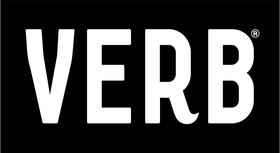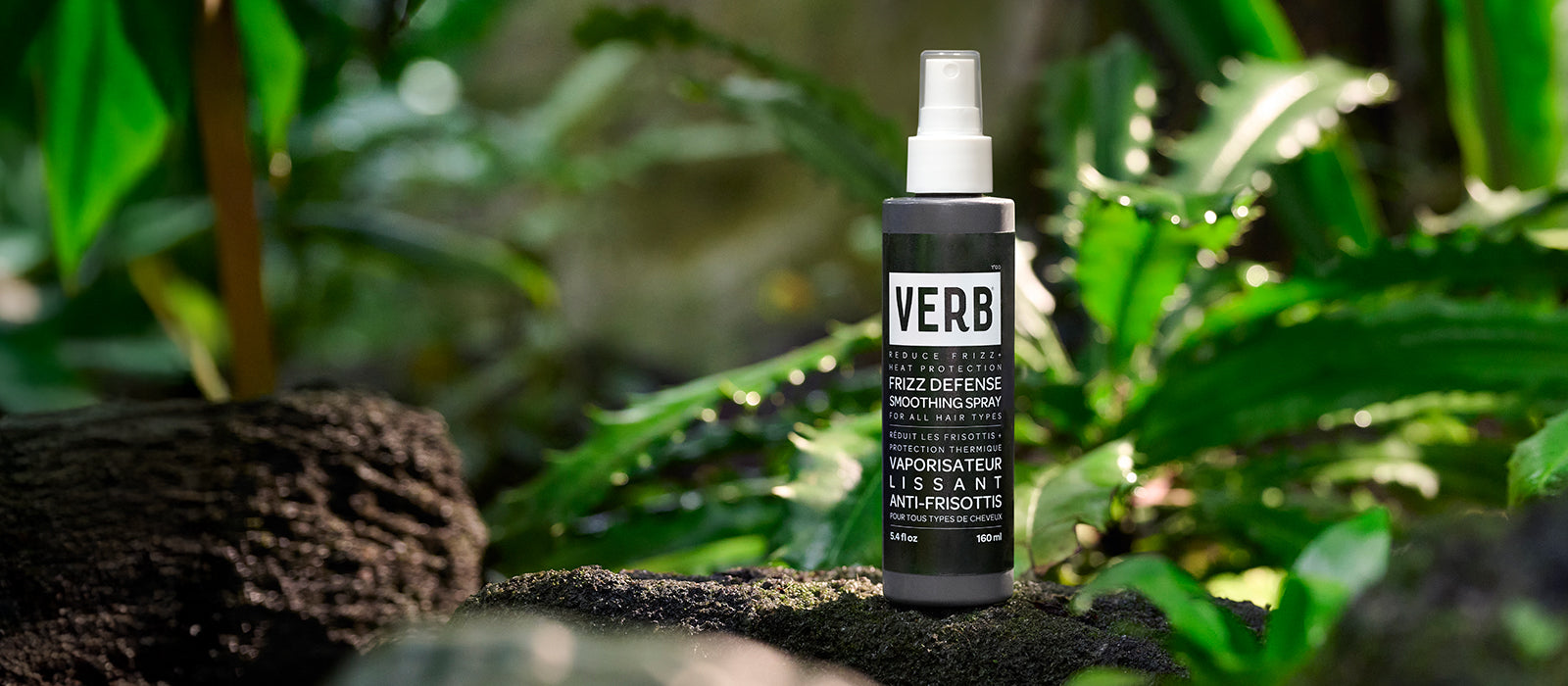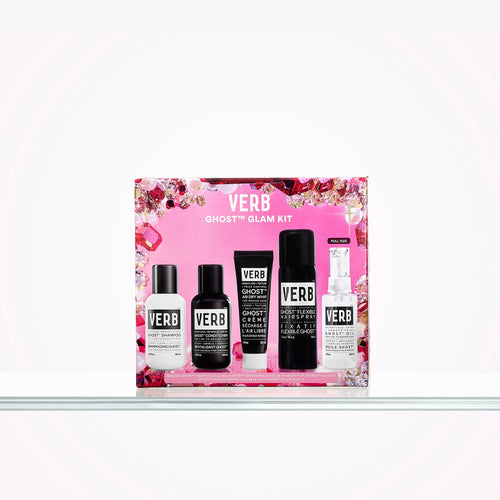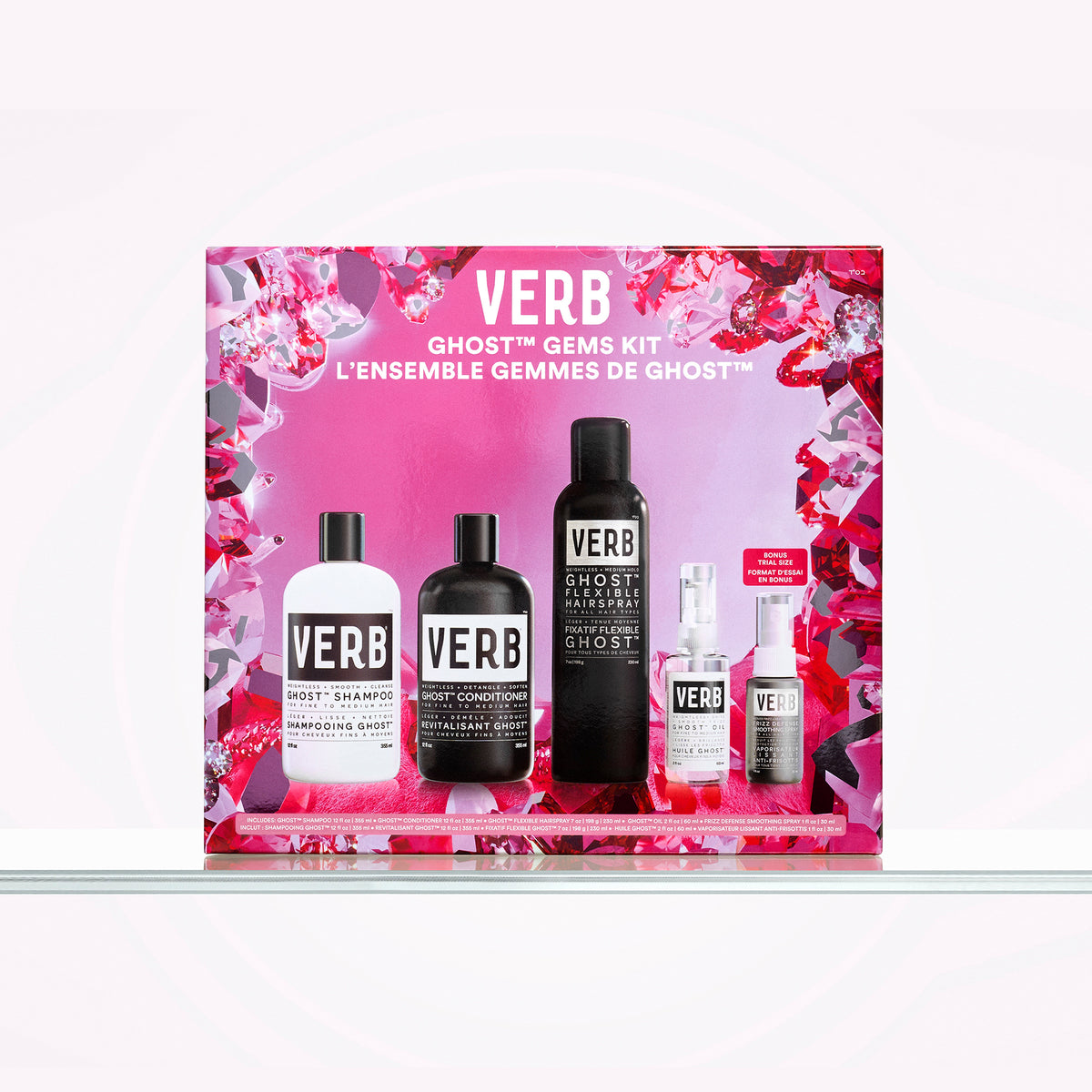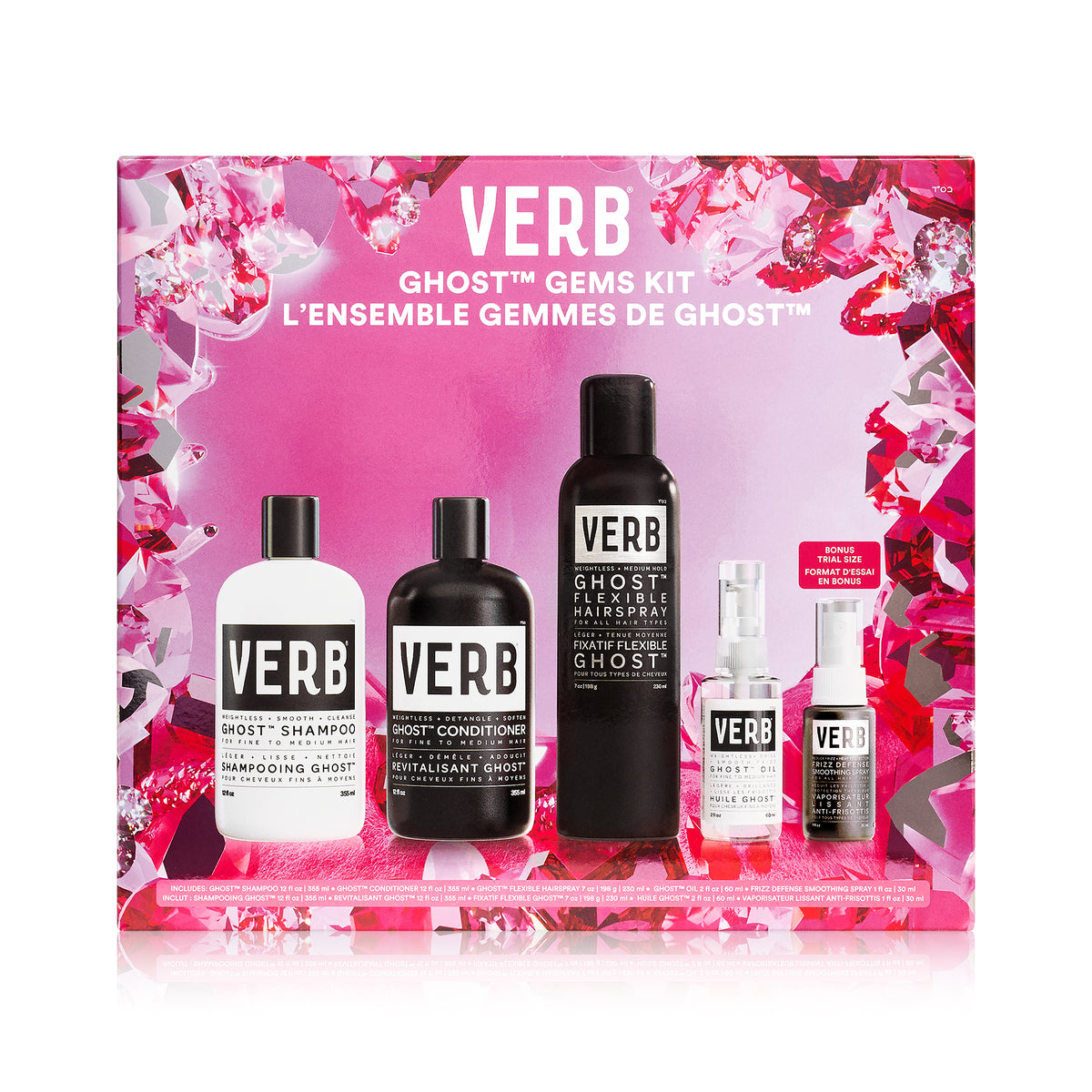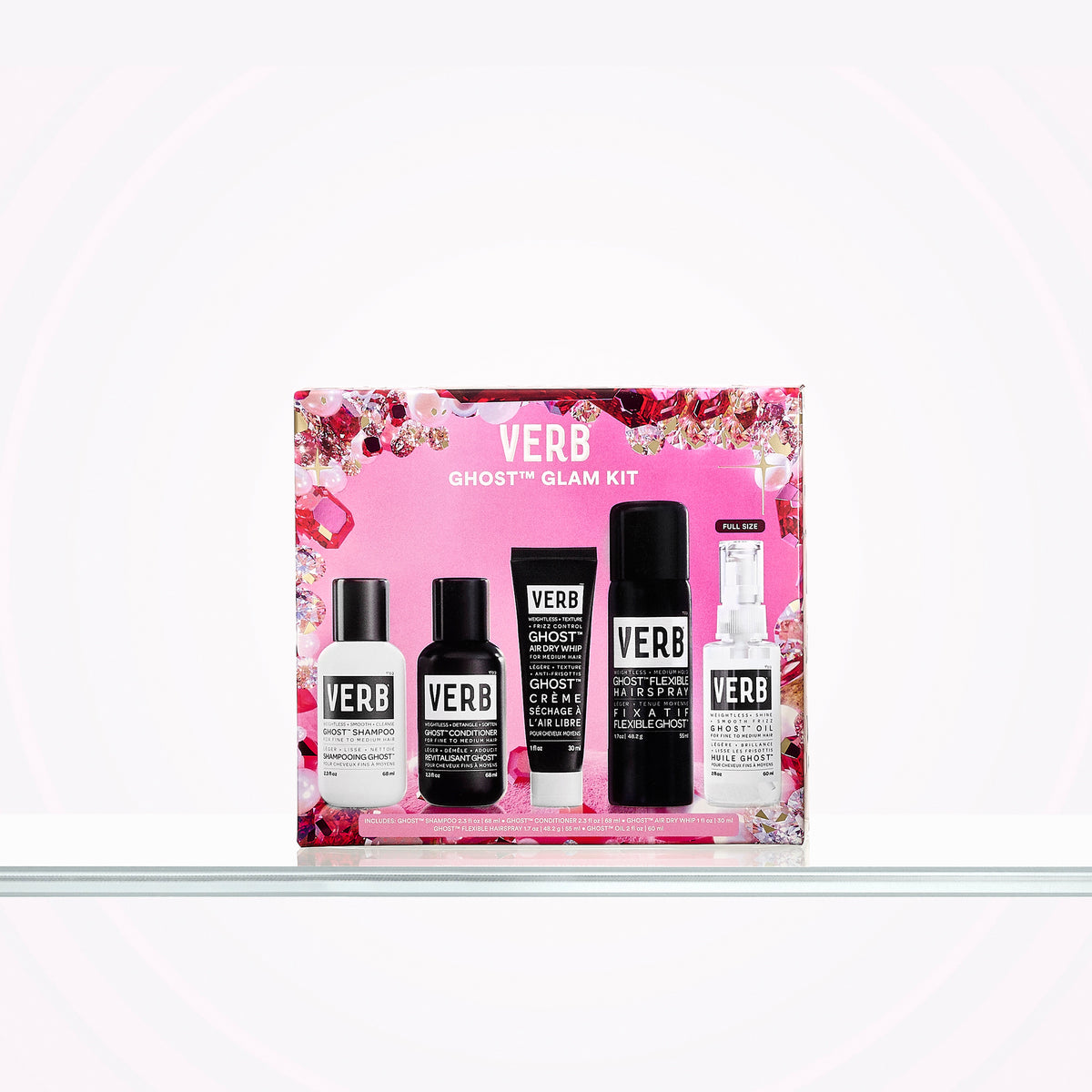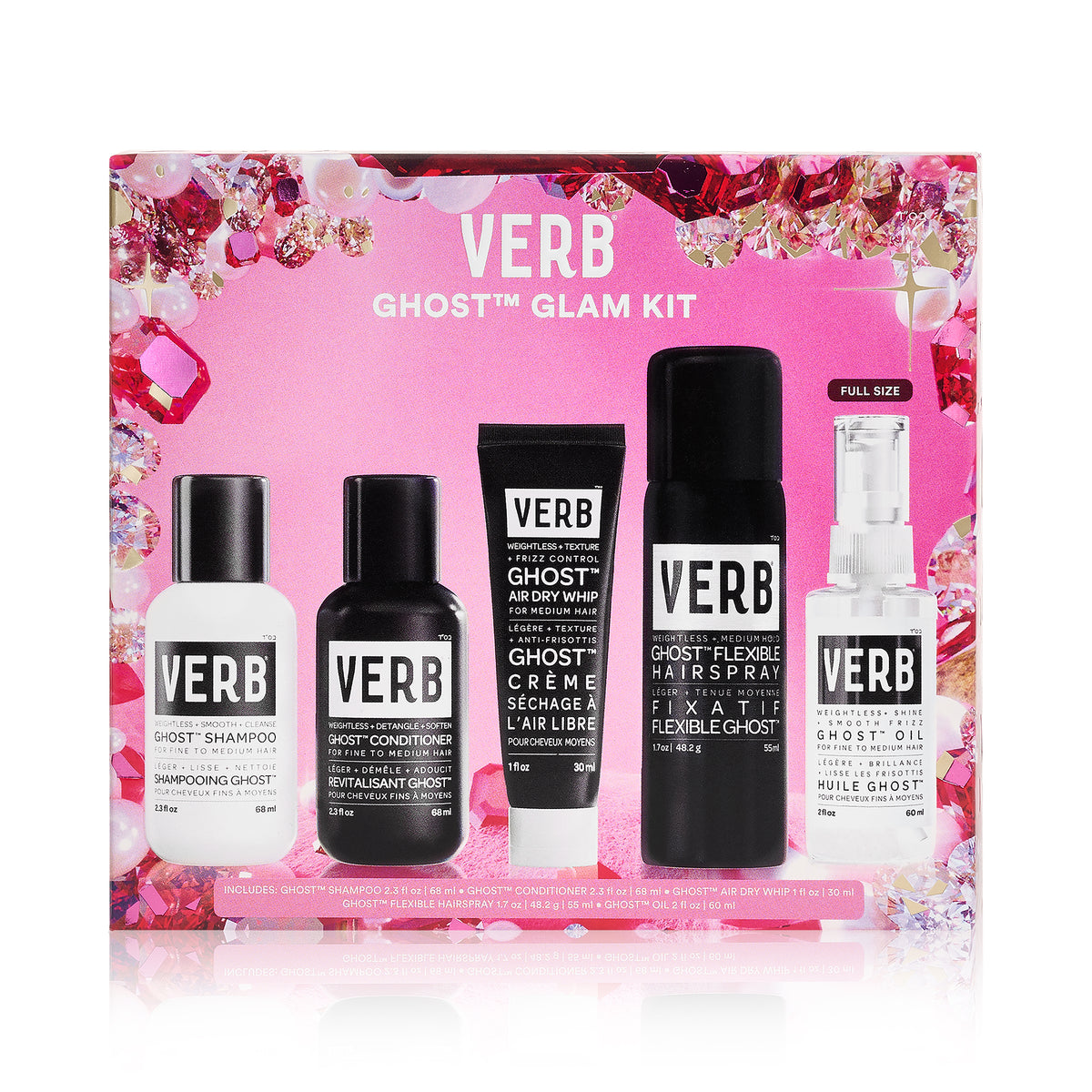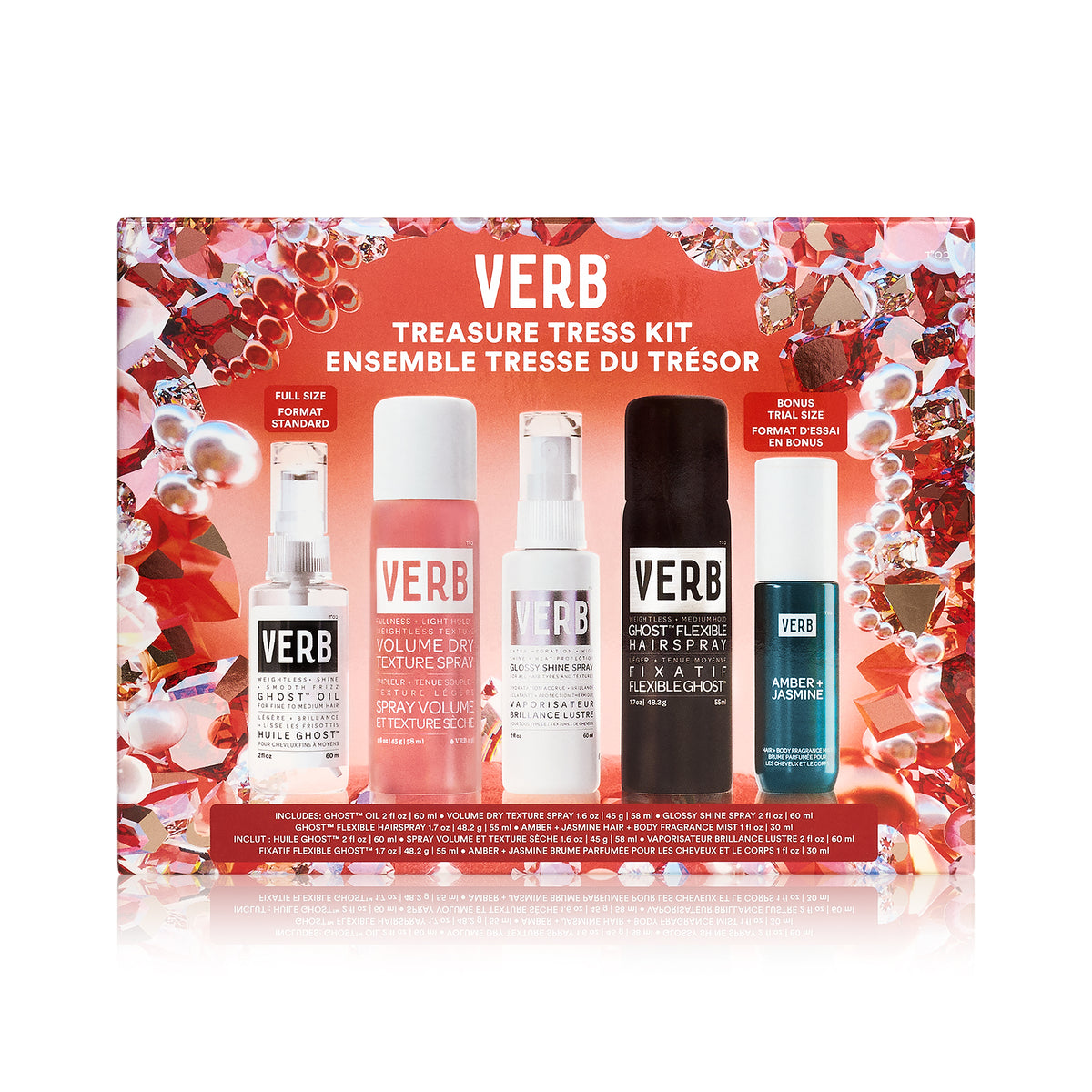At Verb, we talk about moisture and hydration constantly when it comes to healthy hair, but there are a lot of misconceptions about what your hair actually needs. The struggle is real to find the perfect routine for your hair and understanding hair porosity is a great place to start. By getting to know the strands on your head, you can start to identify the exact products that will interact with your hair most effectively.
If you aren’t familiar with hair porosity, we’ll explain what it is along with a hair porosity test to determine if you have low, medium or high porosity hair.
What is hair porosity?
Simply put, hair porosity is how easily your hair strands can absorb and retain moisture. In general, hair porosity is split into three categories: low, medium or high. Different from hair density, this is largely dependent on how open or closed each hair strand’s cuticle is:

hair porosity
LOWMEDIUMHIGH
A more open cuticle (high porosity) enables moisture to easily pass in and out of your hair. On the other hand, strands with a cuticle that is more closed (low porosity) will not absorb moisture as easily, but will be able to better retain the moisture that is absorbed. Hair porosity is typically genetic, but can be affected by other factors such as heat and chemical exposure from tools and treatments.
Why porosity matters
Think of your hair cuticle like a sponge—its porosity determines how much water and product it can soak up. Knowing your porosity helps you choose the right products for your hair type, so your routine isn’t just trial and error. For instance, low porosity hair may struggle to absorb thick creams, while high porosity hair needs a bit of extra hydration to seal in moisture.
Low vs. medium vs. high porosity
Low porosity hair
Low porosity hair strands are tightly wound and compact, making it difficult for moisture to penetrate it which is why the hair may appear dry. Additionally, it's hard for moisture that is absorbed to leave, which can lead to scalp and product build-up over time.
Low porosity hair is generally considered to be really healthy and is usually very shiny. Think under processed, uncolored hair where the cuticle hasn’t been damaged over time and is fully in-tact. To care for low porosity hair, use lightweight, heat-activated products to help open the cuticle. Avoid heavy oils or similar products that can sit on the surface and create more build-up.
Medium porosity hair
Medium porosity hair strands are a balance between low and high porosity strands and allow for just the right amount of moisture to enter and leave the hair shaft., This structure makes it easy for this type of hair to have long-lasting hold hours after styling.
Medium porosity hair usually needs a balanced routine. Products like our Hydrate Mask are perfect for maintaining hydration and shine without overloading the hair.
High porosity hair
High porosity hair is when the cuticle of the hair is fairly open, allowing moisture to easily enter and leave. It may sound like getting constant hydration into the hair is good, but letting too much moisture in leaves your hair vulnerable to frizz, tangling and even breakage.
High porosity hair strands tend to have gaps in between cuticle layers, which lets more moisture come in than your hair can handle. This type of hair porosity also isn’t able to retain moisture for long. That means your hair can dry out quickly if you aren’t using the right products. To combat this, focus on using products that hydrate and seal in moisture. Layer our Ghost™ Oil after a deep conditioning treatment to lock in moisture and help protect your strands.
How to test your hair porosity: float test and alternatives
Don’t worry– no microscope is needed to quickly diagnose your hair porosity type. To find signs of low, medium or high porosity hair, follow these steps:

hair porosity test
LOW POROSITYdoesn't sink
MEDIUM POROSITYsinks slowly
HIGH POROSITYsinks quickly
- Simply fill a glass with water
- Then, drop a loose, single (clean!) strand into the water.
- Observe the hair to see if it floats (low porosity), sinks (high porosity) or hovers in the middle (medium porosity).
This isn’t the only way to test hair porosity! You can also try these two methods:
- Slip Test: Run your fingers along a strand of hair. If it feels smooth, you’re low porosity; if it’s rough, you’re high porosity.
- Water Droplet Test: Place a droplet of water on your hair. If it beads up, your hair likely has low porosity.
Caring for your hair based on porosity
Understanding your hair’s porosity is the key to choosing the right products and routine. So now that you know your type, here’s how to care for low, medium, and high porosity hair to help keep it healthy and thriving.
Low porosity haircare
There are so many great low porosity hair products to choose from:
- For starters, make sure you are using a clarifying shampoo every 4-6 washes. This will help remove any build up that is common with low porosity hair.
- Styling products should be applied to damp hair as often as possible to be most effective.
- Deep conditioning is going to be important. You will want to avoid protein-heavy masks so stick with products like our Ghost™ Mask.
- Continued protection is also valuable, so using a leave-in moisturizer with a heat protectant when styling, like our Ghost™ Primer is a great way to preserve the porosity of your hair.
Medium porosity haircare
With medium porosity hair, balance is everything. With that being said, here are our top tips and product recommendations for you:
- Don’t be afraid of adding protein into the routine as long as you keep it at a spaced out cadence (every 4-6 washes).
- Make sure you are not using too much heat or over-processing your hair.
- Make sure you are using a color-safe shampoo and conditioner that will help keep your hair protected.
- Also, stick to a soft bristled detangling brush to prevent additional breakage.
High porosity hair products
When styling high porosity hair, there are strategies to make sure your hair is getting moisture and locking it in:
- Using intense conditioners and masks like our Glossy Conditioner and the Hydrate Mask to help hydrate and nourish your hair.
- Layering products can be helpful in helping the hair retain moisture.
- Products like our Leave-In Mist or our Hydrate Oil are great for locking in moisture. These products can also help reduce frizz and fight humidity.
No matter your hair porosity, keep strands healthy and hydrated
Regardless of whether you have low, medium or high porosity hair – there are steps you can take to retain just the right amount of moisture for healthy and hydrated strands. Using the right products is fundamental, so take a look at your routine and see if you should make changes.
Have more questions about hair porosity? DM us on Instagram @verbproducts and we’ll answer all your haircare concerns.
